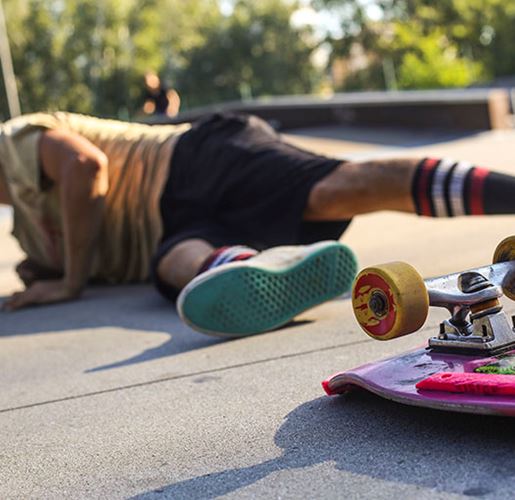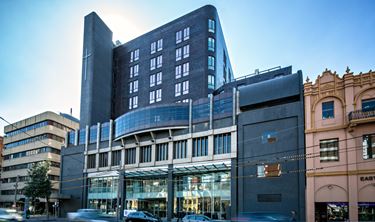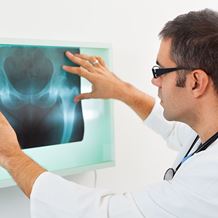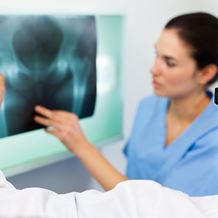Labral Tear
- Home
- Services
- Orthopaedics
- Hip Orthopaedics
- Common Hip Conditions
- Labral Tear
What is a labral tear?
The labrum is a special type of cartilage that helps to hold the ball of your hip joint securely in the socket. It supports the smooth gliding movement of the hip joint. When this cartilage gets damaged, it does not easily heal and can cause pain around the groin, difficulty walking, loss of movement, and often a clicking or locking sensation in the hip.
Labral tears rarely occur in isolation, and in most cases other structures within the hip joint are also injured. They are more likely to happen in association with underlying structural hip abnormalities such as hip impingement or dysplasia, and common with sports that require sudden movement such as AFL, soccer and netball. Labral tears can sometimes be difficult to diagnose as the symptoms overlap with other common hip conditions like bursitis. Your doctor will perform a physical examination and is likely to confirm your diagnosis with an X-ray or an MRI.
How is it treated?
In mild cases, the labrum may heal through rest, lifestyle modification, anti-inflammatory medication and physiotherapy. Strengthening the surrounding tissues will help to support the joint and provide stability. In more severe cases, your doctor may recommend arthroscopic surgery to shave off any frayed edges of tissue and remove damaged sections. This type of surgery offers patients a much faster recovery time, alleviating pain and restoring function and mobility to the hip joint.
How long does it last?
Mild labral tears can sometimes be managed indefinitely through non-surgical treatment which can relieve painful symptoms fairly quickly. When surgery is required, the recovery time will depend on the extent of the procedure and will vary in each individual case. Patients are likely to need crutches for the first two weeks after surgery, and a full recovery could take up to six months.

Hip replacement approaches
Other hip surgeries
Find a hospital with orthopaedic services
Our Hospitals
Related services

Hip Orthopaedics
We provide specialist care and expertise for a range of problems affecting your hips.
Read More
Hip Labral Tear Surgery
This surgery uses an arthroscopic procedure to treat a torn labrum.
Read More
Find a Specialist
Talk to our world-leading orthopaedic specialists about the most suitable treatment options.
Read More